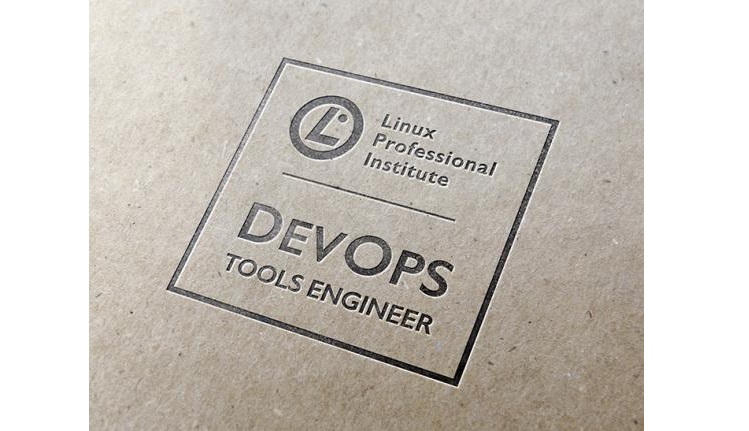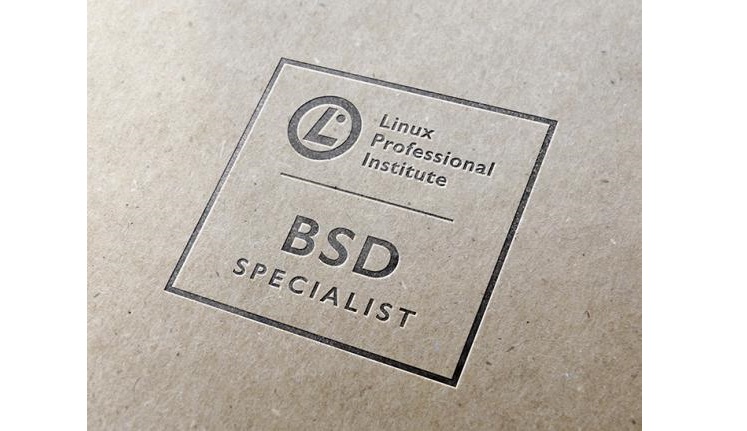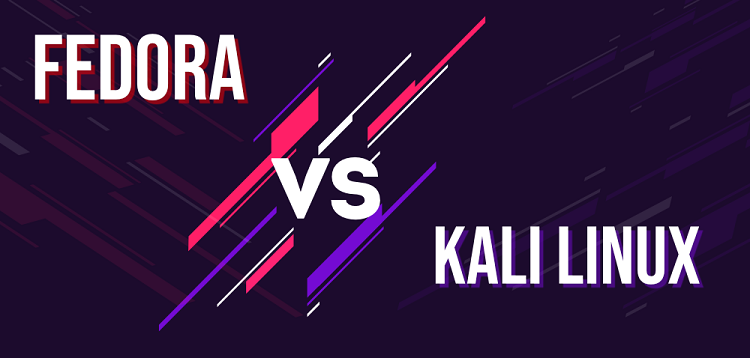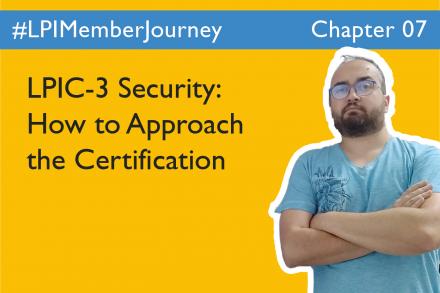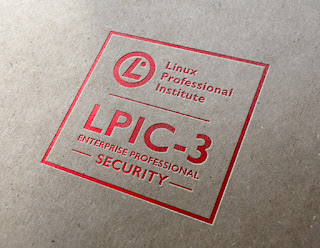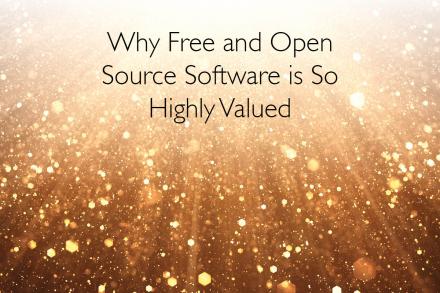We have viewed the spirit of openness from many angles—in free software, open government, and many other trends—in the Open Anniversary series published on this
LPI site during 2021. No field has been more transformed by this spirit than academic research, represented by the Open Access movement. This article discusses the major aspects of Open Access, along with the role of
Creative Commons licenses.The first article in this two-part series lays out the concepts and concerns with Open Access.
A Seismic Shift in Academic Publishing
Since the invention of the printing press, researchers have been eager to share their insights with the world by publishing articles and books. The urge to open one's research to all has become a pillar of science, reaching the point where the phrase "publish or perish" characterizes the world of research.
Yet a kind of elite access to information grew up over time. Research journals became expensive to the degree where most people outside universities, major companies, or well-established research centers found the cost of journals a barrier to learning.
Of course, all that money has gone to useful things. Journals screen submissions and conduct peer review, playing the role of responsible gatekeeper. But they also introduce their own biases, preferring positive results over negative ones, big breakthroughs over modest advances, famous research centers over lesser-known institutions, and hot topics over obscure corners of research. Other prejudices reflecting the larger society, such as relating to gender, are also hard to root out.
The internet came along and presented radically new opportunities. Authors could publish anything they wanted at any time, and could crowdsource reviews among diverse viewers instead of depending on the three peer reviewers chosen by a journal. Cloud storage made it easy to publicize data sets so other researchers could combine them (after investing effort in harmonizing their differences) and mine them for new insights.
Finally, researchers sought out informal ways to trade articles in order to bypass paywalls. Some of my reviewers emphasized the challenge posed by the widespread availability of unauthorized (or if you insist, "pirated") copies of articles as a major factor pressuring conventional publishers to change. The reviewers highlight Sci-Hub as a particularly rich alternative to paid publications. Statistics show Sci-Hub growing and being popular in both affluent and developing countries.
Although I recognize the extent of unauthorized exchanges in research papers, I would like to point out that unauthorized exchanges of software are probably even more common. Although the major proprietary software companies support free software for solid business reasons, these companies show no indication of following the path research publishers are taking to open up proprietary offerings.
Open Access results from researchers’ intrepid leap into the new era of information for all. The movement is now a well-established process documented by organizations such as the Open Access Scholarly Publishing Association, Plan S, and the Open Scholarship Initiative.
Considerations in Open Access
Moving a journal to Open Access is far more complicated than just throwing articles onto a public web site. Authors and publishers have to deal with sponsor requirements, licenses, venue, and publishing costs.
Sponsor Requirements
For many years, public criticism has grown over the privatization of government-funded research. The public was paying taxes to support the research, but the results were tucked behind expensive paywalls. An ethical objection arose, insisting that research funded this way should be available to all. Ideally, the original data (which might be even more valuable than the published paper) would be shared publicly too, subject to privacy protections.
Now major government and private institutions are requiring Open Access for research they fund. Notable examples include the National Institutes of Health, which underpin much drug development and other health research, and the National Science Foundation. Researchers and publishers need to stay aware of the requirements imposed by funders.#
Licenses
Here is where Creative Commons (discussed in the second part of this article) proves valuable. The legal team at Creative Commons have designed a set of elegant licenses that provide a range of interesting options to both copyright owners and readers. All the licenses allow the public to read, copy, and redistribute content. The licenses also require the original authors to be credited.
Additional choices face an author. The boldest among authors can allow other people to distribute updated or revised versions of the article, as with free software. One can see the value of this for providing updates or additional data to a research topic. But there is also an iron-clad tradition in academia of articles as a "version of record." The original article must be archived someplace to preserve the integrity of scientific inquiry. In order to prevent the risk of confusion, or the risk that their ideas will be taken in a direction that is repugnant to them, authors can choose a "no derivatives" clause in Creative Commons.
Venue
The perceived significance of an article is affected by the site where it is posted: an author's personal site, a university or research institution, a conference site, or the publisher's official web page.
Most publishers allow authors to post pre-publication versions or "preprints" on web sites maintained by the authors or their institutions. The implication is that this version is not as trustworthy as the article that has been through peer review and editing—thus becoming the version of record—but is still useful. The author also often posts the final version under this policy, which is called Green Open Access.
When the publisher puts the version of record on a public web site without a paywall, it is called Gold Open Access. Normally, the venue is the publisher's site, putting an additional stamp of approval on the article. The authors or their institutions usually pay an article processing charge (APC) to cover the publisher’s costs. There are other subtle stages in publication, covered in the site to which I already referred.
Finally, Diamond Open Access funds publication entirely from external sources such as grants, putting articles online for free and charging neither authors or readers.
Publishing Costs
According to Scott Delman, director of publications at the nonprofit ACM, “Many of the largest publishers are for-profit corporations generating annual profit margins exceeding 30%, while there remains a very long tail consisting of hundreds or thousands of smaller society and privately owned nonprofit publishers.” But even nonprofits have editorial and publishing costs that are traditionally covered by subscriptions that can run into thousands of dollars a year.
Deprived by Open Access of monopoly control over distribution, publishers fund their efforts through the APC. But publishers avoid charging individual authors, who would find the charge a high barrier to publication. Instead, publishers usually collect the APC from the research institutions, who benefit from the fame of their authors and who can afford a couple thousand dollars to publish each article.
Gold Open Access does bring the risk of "perverse incentives," according to Lorena Barba, an aeronautics engineer and editor-in-chief of the IEEE technical magazine Computing in Science and Engineering. Barba worries that, because each article published brings in revenue, journals may accept low-quality articles to bulk up their offerings. Possibly, Gold Open Access will exacerbate the familiar problem of low-quality journals that do little or no review but exploit authors by presenting the journals as legitimate research outlets. Barba herself cofounded two Diamond Open Access journals and is also a strong supporter of Green Open Access because it allows the public to see articles as soon as they are written.
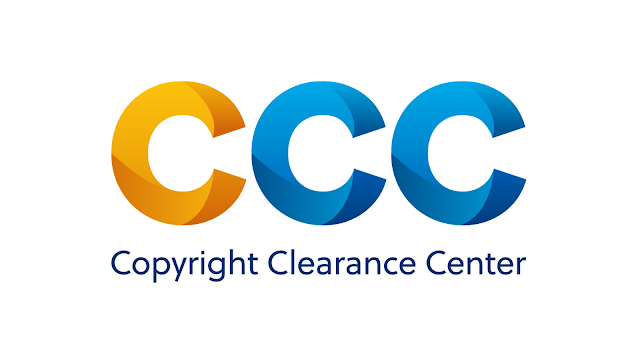
Barba also points out that the normal funding model for Gold Open Access, shifting costs from readers to authors and their institutions, fails to reduce the gap between affluent and low-income regions. It is now the institutions who represent potential authors in low-income regions who are at a disadvantage. Furthermore, journals should make special dispensations for authors who are not represented by an institution.
RightsLink is popular among publishers for simplifying the collection of APCs. It allows sophisticated practices such as splitting fees among multiple institutions.
RightsLink was set up to support Open Access by the Copyright Clearance Center (CCC), an institution established in the 1970s before the internet was in widespread use. I remember, being in graduate school in the 1980s, that professors were assigning fewer books in class and turning more and more to photocopies of journal articles because they reflected the latest discoveries in a field. Massive amounts of photocopying presented a challenge to copyright law, stretching the concept of fair use. Copyright holders worked out a deal with colleges whereby the colleges paid bulk fees to allow photocopying, the whole system administered by the CCC. With Open Access, costs are shifting from consumers to producers of information, and the CCC is evolving with the times.
The second part of this article looks at the computer field in particular for examples of Open Access in action.
Source: lpi.org
